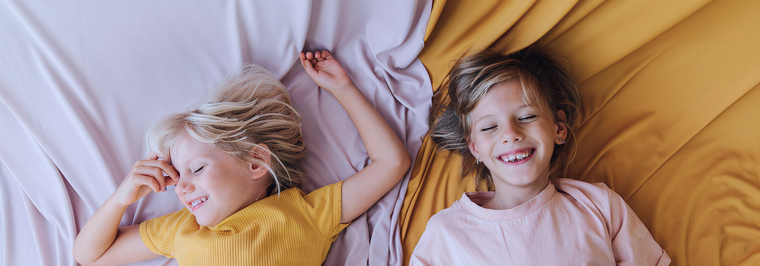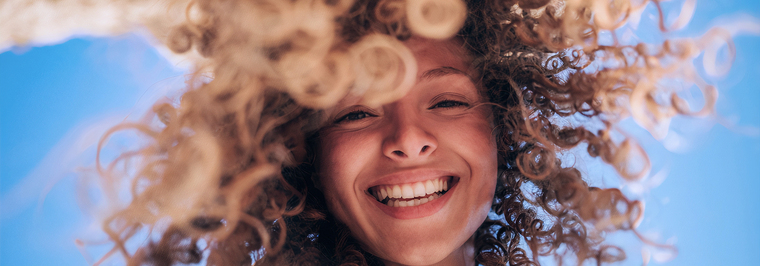Types of Dental Crowns
Crowns vary based on the materials from which they are made. Each material has its characteristics, affecting the price, appearance, strength, and durability of the finished product.
All-Ceramic
Ceramic or porcelain crowns are an alternative solution for patients with metal allergies. These prostheses consist only of ceramics, without a metal frame.
Advantages:
- Realistic appearance – making them well-suited for use in the smile zone;
- Do not cause allergic reactions, rejection;
- Long service life – with proper care and careful use, the service life reaches 10 years;
- Restoration is possible in case of chips or scratches on the surface.
- The main disadvantage of ceramic products is not very high resistance to strong mechanical impacts. They may chip due to significant chewing load.
Zirconia
Zirconium dioxide is a strong, durable material that can withstand mechanical impacts as well as many metals. When making crowns, it is used in different ways:
- Structures made from a solid block of zirconium dioxide – this option is usually used for restoring chewing teeth;
- Combined with porcelain, realistically imitating tooth enamel – this solution is suitable for restoring front teeth.
Advantages of zirconium dioxide:
- Ability to withstand significant load without chips, cracks, or other defects;
- Versatility – suitable for restoring any teeth;
- No allergic reaction;
- Impeccably realistic appearance;
- Service life of 15-20 years.
- The main disadvantage is high cost.
E-max Glass-Ceramics
These crowns are made from lithium disilicate. Two variants are used:
- Pressed – E-max PRESS;
- Machined on a CAD/CAM machine.
In terms of transparency and color, this type of glass-ceramics closely matches natural tooth enamel. Its advantages are:
- Realistic appearance;
- High strength, long service life;
- No allergy.
Disadvantages:
- High cost;
- Impossibility of restoration in case of chips and other defects;
- Difficulties in creating bridge constructions consisting of more than three crowns.
Metal
Full-metal crowns are considered outdated, but dentists sometimes still use them. These prostheses are made from various metals – titanium, stainless steel, platinum, gold. Products with gold plating are also used. Metal constructions are easy to manufacture, making them particularly affordable. However, they often cause allergic reactions, and their appearance leaves much to be desired. Metal prostheses look unrealistic, stand out from the row of teeth, and attract attention. Therefore, they are installed on molars, i.e., those teeth units that are practically invisible to others.
Plastic
Plastic models are soft, not very durable, and look unrealistic. But they have an important function: they are used as temporary structures to protect the damaged tooth while permanent prostheses are being manufactured in the laboratory.




















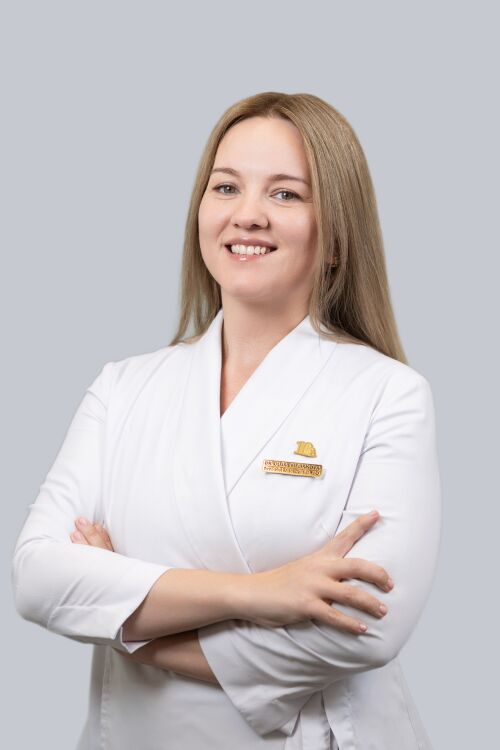

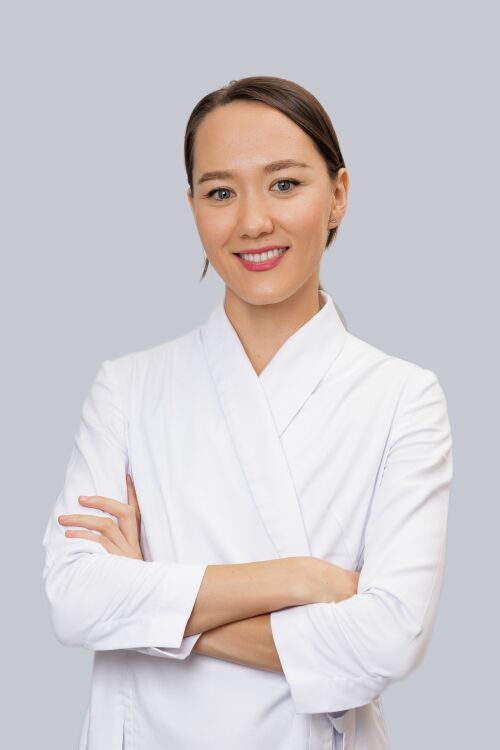


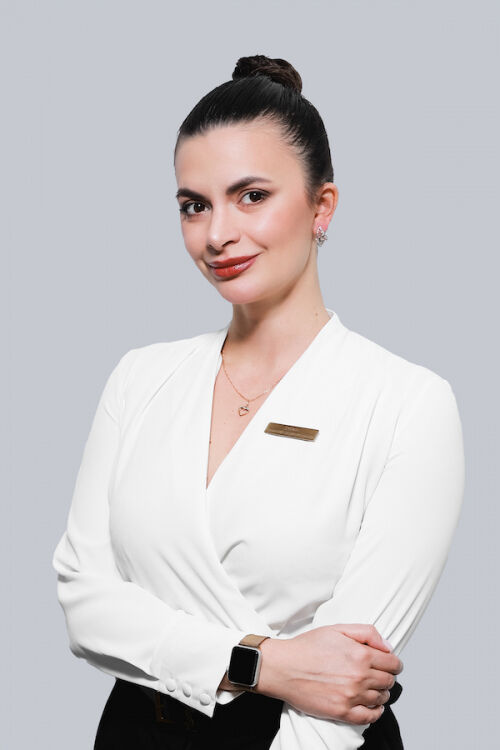











_700x550_ac7.jpg)




